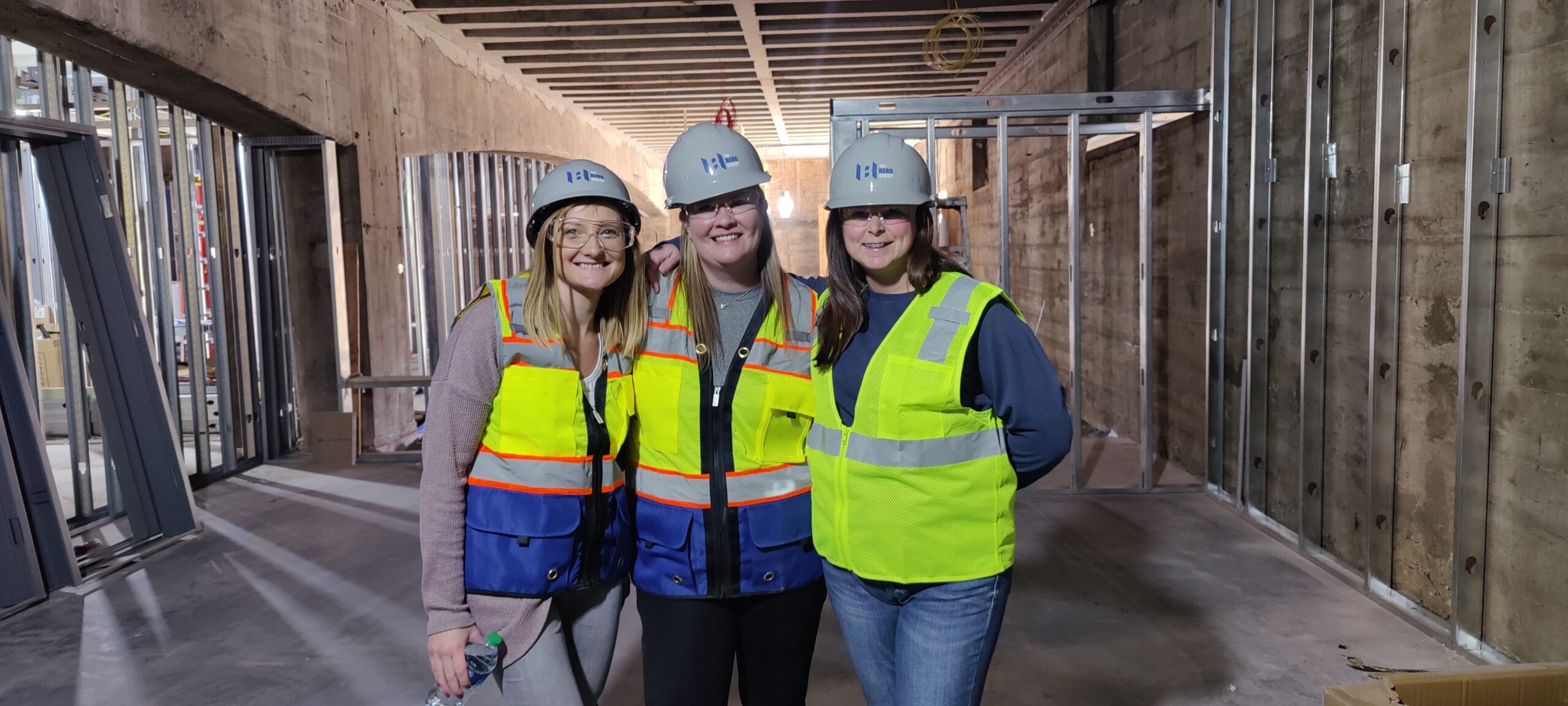A typical construction site includes many different trades, competing priorities, and pressing deadlines. Good teamwork makes the workplace more efficient and safer for everyone on the jobsite. Teamwork includes open communication and everyone contributing to improve the workplace to safely and successfully achieve the construction goal.
Teamwork starts with pre-planning and organization. Setting clear expectations guides everyone to work toward the common goal of a successful, safely built project. It is important for workers on the jobsite to know:
- The project’s priorities of safety, teamwork, and quality.
- The required safe work practices so everyone follows the same rules on the job site.
- Every person’s role and responsibilities so that workers can identify their resources and contacts.
- The location of emergency equipment and the ability to operate it.
Good communication means that everyone can voice their opinion. Building trust ensures that workers are comfortable sharing their suggestions and concerns. Workers on successful teams are empowered to:
- Participate in safety training, site inspections, and hazard identification.
- Foster a sense of sharing and learning to improve the team and the work product.
- Speak up and make suggestions to improve the worksite, equipment, or job processes.
- Ask for training or guidance if there are questions or concerns about how to do a job safely.
- Correct hazards immediately when it is safe to do so.
- Remove defective tools and equipment out of service.
- Call a “timeout” for safety when it’s necessary.
Complicated construction work tasks are simplified when people work together. Workers that watch out for each other can complete more work safely and efficiently. Worksite teamwork includes:
- Asking for help instead of taking shortcuts, unnecessary risks, or “winging” it.
- Offering help when more hands or a better method can make the job safer.
- Offering constructive suggestions when workers see unsafe behaviors in others.
- Maintaining good housekeeping at all times, even when it’s someone else’s mess.
- Cleaning the worksite and setting up equipment and supplies for the next shift’s success.
Good teams are built by sharing information and building trust. When individual workers make the commitment to each other to be a team, injuries are reduced, and productivity and quality are improved. Construction teamwork builds safety into every job to achieve successful projects

